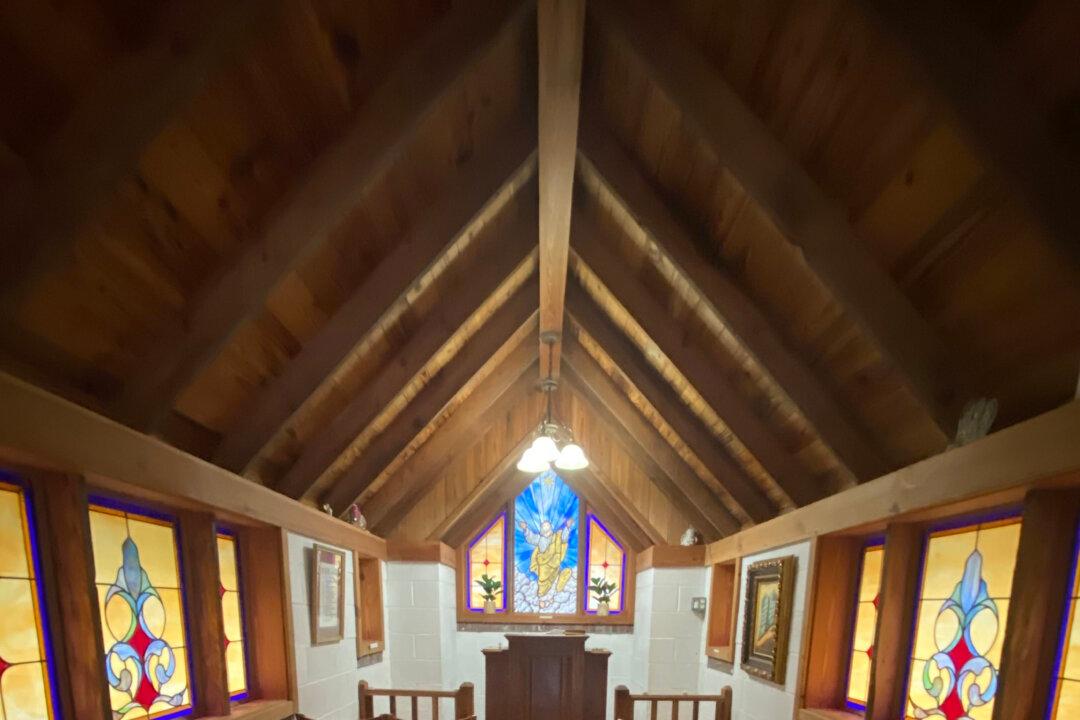Darien—Situated at the mouth of the Altamaha River, surrounded by the winding salt marshes of McIntosh County, is the city of Darien.
History buffs may know Darien as Georgia’s second-oldest city, founded in 1736, just three years after Savannah. But centuries before it became a British holding, this area of coastal plains was inhabited by the Guale Indian tribe.
Over time, it felt the footprints of 16th and 17th-century Spanish missionaries, British soldiers, and Scottish Highlanders. It was the forced home of enslaved people, a target of Union soldiers, and the home of bankers and timber barons who made Darien one the world’s leading exporters of pine timber until the early 1920s.
Today, the small community of 1,500 depends on commercial fishing. Despite the increasingly fragile industry, Darien remains a dining destination for fresh shrimp, clams, and fish caught just off her shores and in view of Sapelo Island.
Recent investment in downtown Darien has led to new lodging, restaurants and shops that build on the community’s attraction as a destination for exploring historical points of interest, shopping for antiques, or simply watching the sun set behind marsh grass—and looking for Altie, the mysterious serpentine creature and official mascot of McIntosh County, alleged to inhabit the Altamaha River.
Layers of History
A good starting point for understanding Darien’s history is Fort King George Historic Site. Established in 1721, it was the first English settlement in Georgia and the southernmost British Colonial outpost on the Atlantic seaboard. The fort was abandoned by the British in 1726 and resettled four years later by Scottish Highlanders brought by Gen. James Oglethorpe. This colonial settlement, originally called New Inverness, would eventually become the port city of Darien, with an economy supported largely by their milling efforts.
Today, the site includes a museum and replicas of the original fort, including barracks, palisades and a moat. Live reenactments at this once strategic defense point against the Spanish and the French take place in March and November.
One mile south of Darien on U.S. Highway 17 sits Butler Island, the former site of a large rice plantation. It is named after Major Pierce Butler, a Founding Father and U.S. senator from South Carolina who owned the property from 1790 until his death in 1822.
During the antebellum period, more than 900 people were enslaved on the 1,500-acre property. One of Butler’s heirs, Pierce Mease Butler, has the ignominious distinction of being responsible for the largest recorded slave auction in American history. Over a two-day period in 1859, 436 people enslaved at Butler Island Plantation were sold at auction in Savannah. Husbands, wives and children were torn apart in an event referred to as the Weeping Time. Recent efforts have been made to honor the enslaved people of Butler Island.
A tall brick chimney, the remains of a steam-powered rice mill, is visible from the highway. It is one of two surviving structures (the other is remnants of a cistern) from the original plantation, which remained in the Butler family until the early 1920s. In 1926, former New York Yankees co-owner Colonel T.L. Huston purchased the property and converted it into a dairy and lettuce farm. He also built the Huston House, the white house that still stands today. Today the Georgia Department of Natural Resources manages the grounds, which are open daily to the public for picnicking, fishing, birding and walking. The Huston House, which is not inhabited nor maintained, was placed on the Georgia Trust for Historic Preservation’s “Places in Peril” list in 2019.
The Waterfront Park public green space and dock path that overlook the Darien River in downtown Darien was the landing site for Union troops who burned the town during the Civil War. Ruins of historic warehouses still line the waterfront; few buildings survived the 1863 fire. One is the Adam Strain Building at the corner of Broad and Screven streets near the waterfront. One of coastal Georgia’s last intact tabby structures (a building constructed from a mixture of oyster shells, sand, water and lime), it is currently being restored and will serve as a nanobrewery and event space.






